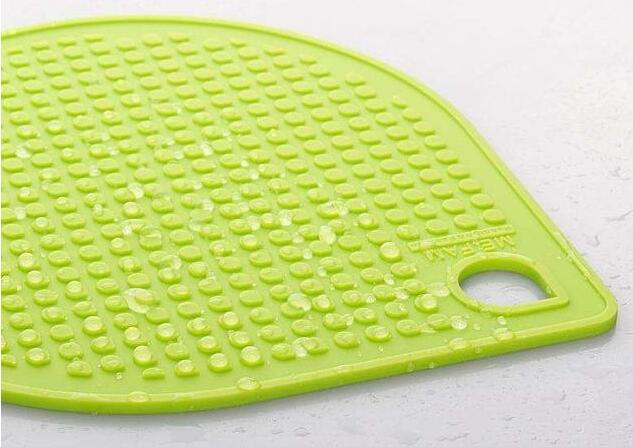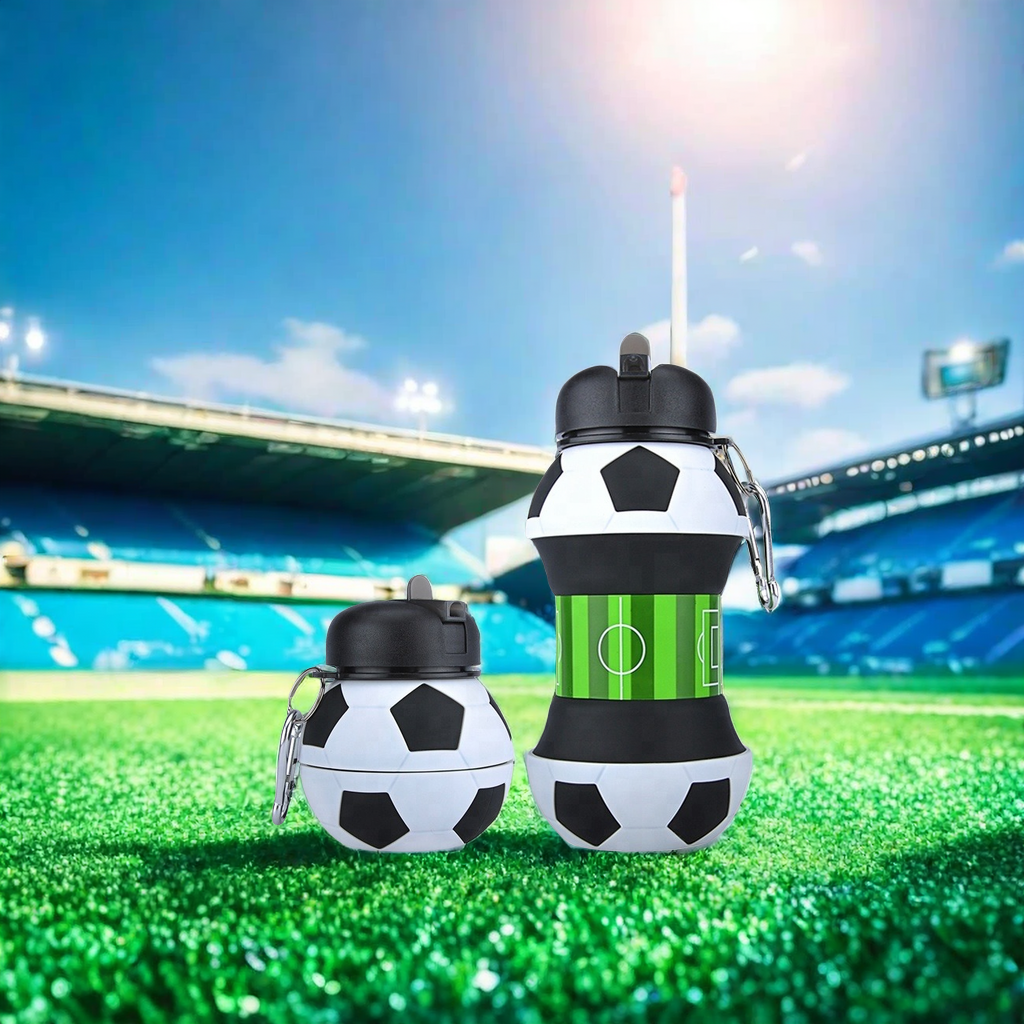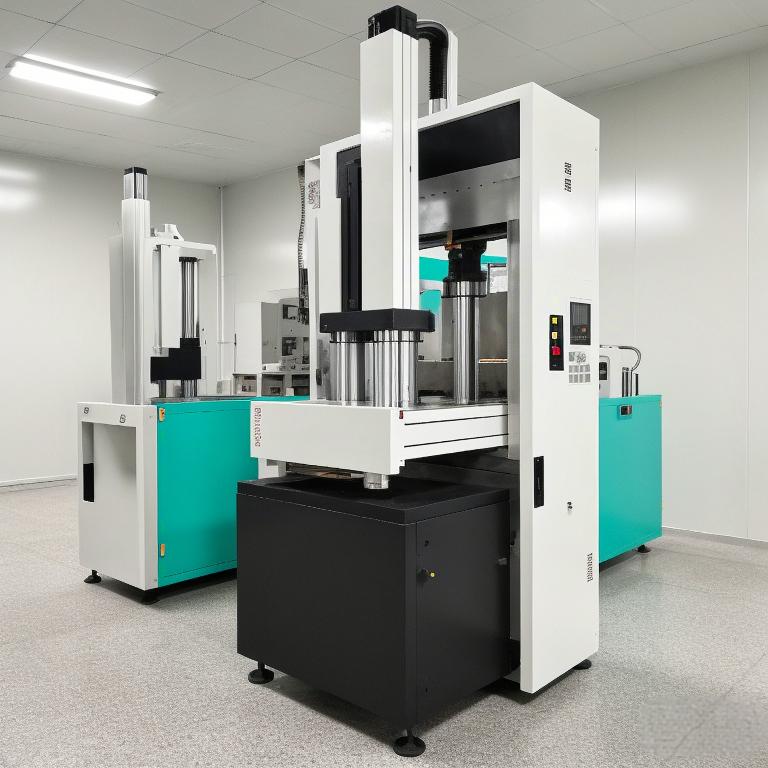内容
現代生活において、シリコーン製品とプラスチック製品はそれぞれの特性により、多くの分野で重要な役割を果たしている。しかし、人々の健康と環境保護に対する意識が高まるにつれ、シリコーンはその優れた性能と安全性により、消費者に好まれる選択肢となりつつある。以下では、シリコーンとプラスチックの特性と、ベビー用品におけるシリコーン製品のユニークな応用価値について詳しく説明する。
シリコーン製品の優れた特性


シリコーンは食糧か飲み物と反応しない非反応性材料で、BPA 自由、ポリ塩化ビニール自由であり、フタル酸エステル類のような有害な物質を含んでいません、それにシリコーンの水差し、シリコーンのお弁当箱およびシリコーンの幼児フィーダーのような赤ん坊プロダクトのための理想的な材料をします。 シリコーンの幼児フィーダー。
極めて高い耐熱性
シリコーンは-60℃から230℃までの極端な温度変化に耐えることができるため、シリコーン製品は冷蔵庫で凍らせることができるだけでなく、電子レンジで直接温めることもできる。
ソフトで破れにくい
シリコーンは柔軟性に優れ、強く引っ張っても壊れにくいため、シリコーン製品は耐久性に優れ、活発な子供でも壊れにくい。
クリーニングとメンテナンスが簡単
シリコーンの表面は滑らかで、ホコリや細菌を寄せ付けにくく、お手入れが簡単です。また、ほとんどのシリコーン製品は食器洗い機に入れて高温殺菌することができ、衛生面でも安心です。
プラスチック製品の限界
プラスチック製品は、安価で軽量であるため、一部の環境では依然として人気があるが、高温で有害物質を放出する潜在的なリスクや、耐久性や可鍛性の制約があるため、特に乳幼児分野では、安全や健康への配慮から矮小化されている。
乳幼児分野におけるシリコーン製品のユニークな用途
シリコン製の水筒: 子供の手にフィットするようにデザインされたものなど、子供が使いやすい形や模様が施されている。例えば 球形水筒 JEWELIVESの折りたたみボトルは、広げると550ml、完全に折りたたむと球体になります。フットボール、バスケットボール、テニス、ゴルフ、バレーボール、ラグビーなど、様々な球体の形が楽しめる折りたたみボトルです。漏れにくいデザインなので、持ち運びに便利でランドセルやベッドを濡らすこともなく、耐熱性があるのでお湯を入れて温かい飲み物や冷たい飲み物を飲むこともできる。


シリコンランチボックス: コンパートメント化されたデザインは、異なる食品を簡単に分類でき、味が混ざるのを防ぐ。透明または半透明のデザインは、中身が一目でわかり、子どもが食事を自己管理しやすい。
![]()
![]()
シリコン製ベビーフィーダー: 赤ちゃんのデリケートな歯ぐきにやさしいソフトな質感で、握りやすいハンドルは、赤ちゃんが自分で食べられるようになるのを助けます。
その他のシリコーンベビー用品 シリコン製吸盤ボウル、シリコン製スプーンやフォークなど。これらの製品は、安全性を考慮するだけでなく、赤ちゃんの細かい運動の発達と自己摂食能力を促進するために、教育的で楽しい要素を取り入れている。
要約すると、シリコーン製品は、その比類のない安全性、耐久性、および汎用性のために、現代の家族、特に乳幼児とのそれらの不可欠な一部となっている。良質のシリコーンの赤ん坊プロダクトを選ぶことによって、親はで育つ子供のためにより健康で、より安全な環境を提供しかまた付加的な便利および心の平穏を楽しむことができない。シリコーンとプラスチックのどちらを選んでも、シリコーン製品の利点は明らかであり、ライフスタイル製品の未来を象徴しています。


